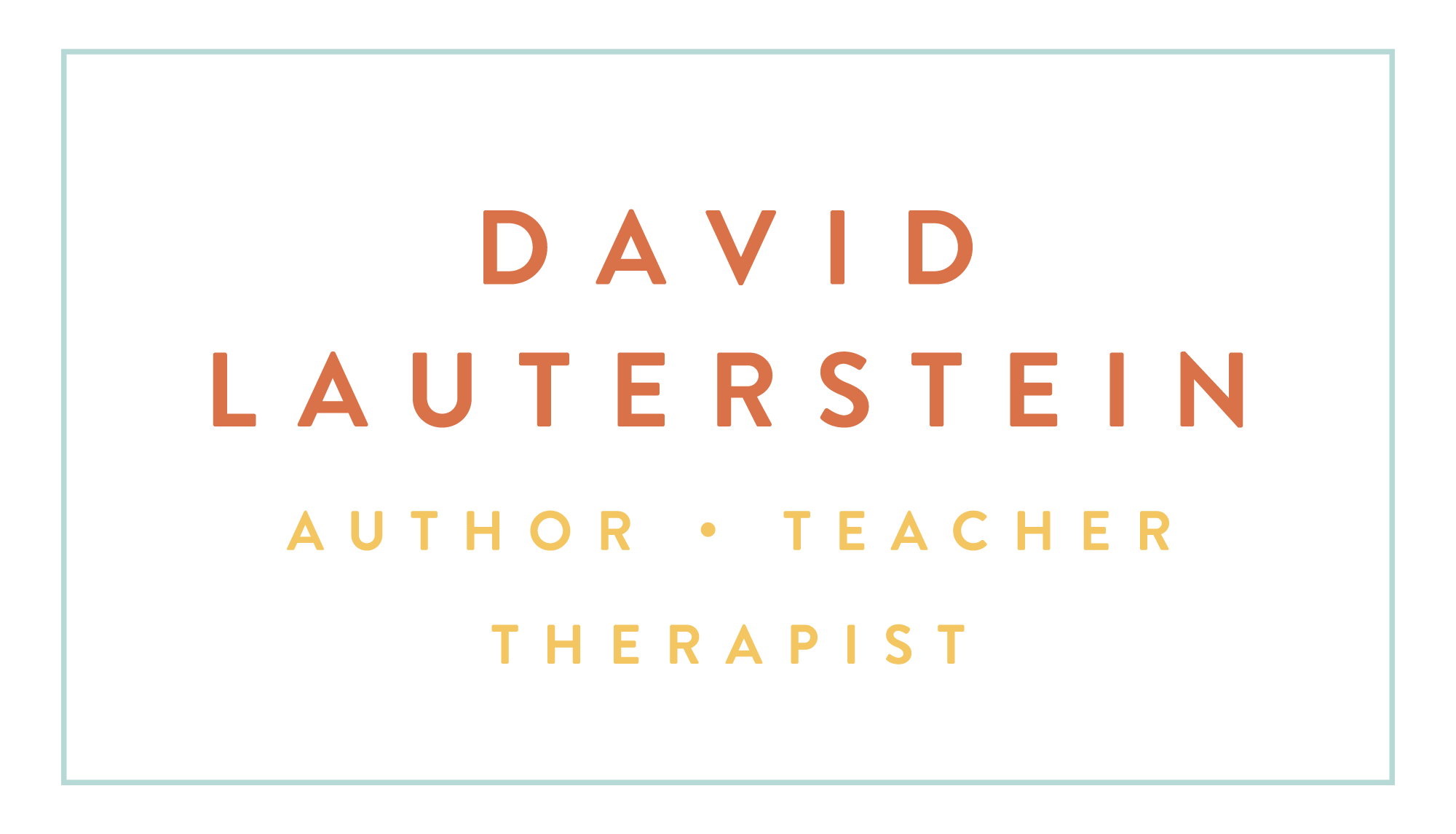“Frogs don't usually swallow water like we do. Instead they absorb most of the moisture they need through their skin.”
Read MoreThe hand is not only the organ of labour, it is also the product of labour. Only by labour, by adaptation to ever new operations, through the inheritance of muscles, ligaments, and, over longer periods of time, bones that had undergone special development and the ever-renewed employment of this inherited finesse in new, more and more complicated operations, have given the human hand the high degree of perfection required to conjure into being the pictures of a Raphael, the music of a Paganini.
Read MoreThe line, “That phraseless Melody—The Wind does—working like a Hand,” inspired this August newsletter. How can our hands doing bodywork, playing instruments, touching loved ones, in all our gestures embody the graceful spirit that Emily Dickinson evokes here?
Read MoreThe pelvis is the very center of balance, the central inner city of our body, through which our energy flows. Arguably the pelvis is the sexiest place in the body.
Read MoreThe ribs take their long and winding roads around our hearts and lungs. In 24 ways, they embrace the history of our loves, our griefs, joys, our furies and so much more. The history of the human heart is the emotional history of each one and every one of us.
Read MoreBone flutes are among the oldest known artifacts of human technological ingenuity.
Read MoreEvery part of your physical body contributes to the biochemistry of your emotional body.
Read More“I’ve been reading your philosophical missives with interest but I have a little problem with the last one. “ - Allan Davidson on the key to Ida Rolf’s work.
Read MoreEarly reviews of “The Deep Massage Book” convey a sense of the uniqueness of what one learns by studying Deep Massage: The Lauterstein Method.
Read MoreThere are special places of awe and power where we can rest and be rejuvenated. The book reminds us that we can do this within ourselves. We already know this in our bones.
Read MoreIn Zero Balancing, we cultivate our ability to sense and to see as equally important as the touch techniques we apply.
Read MoreThe common term for a muscle that is, suspiciously, called the “prime mover,” and its counterpart that does its opposite action - is “agonist” and “antagonist.” “Agonist” comes from the Latin root for “combatant” and of course “antagonist” from the root for the “opponent” of the combatant. So it would seem as though there is a kind of war or cage match at least between these two muscles.
Read MoreA link to the cover article from the Massage Therapy Journal - from about 30 years ago!
Read MoreIn Zero Balancing one of the ways of seeing the person's inner response is through observing the breath and its trajectories. So much of our core structure and energy is connected to the breath, its intimate relationship to T12, where the facets suddenly change direction, the nearby psoas, lumbar plexus, etc.
Read MoreWe all have dark nights of the soul during which our former self is dis-integrated. Then we need to go inside. With introspection, insight and inner resolve – we slowly, with help from inside and sometimes from outside, re-emerge, reconfigured in new phases of life in which our latent qualities can take their rightful place in fulfilling our destiny
Read MoreOur work aligns and connects us to the vastness of inner and outer space and time itself.
Read More80+% of the vagus nerve fibers are sensory!! You think your “doing” is important - your body tells us your sensing is even more important.
Read MoreI proposed to my associates at our school that we offer an Intensive version of the ZB Certification Program through which the participants, upon successful completion, could become Certified Zero Balancing Practitioners - in under one year…
Read MoreThe more I work with Zero Balancing the more I contemplate deeply about one’s structural form with the energetic body and the relationship between the two.
Read More
